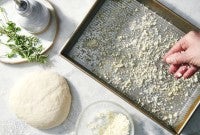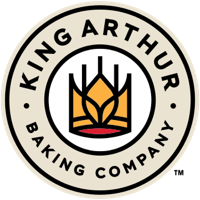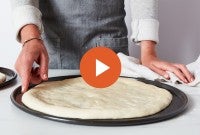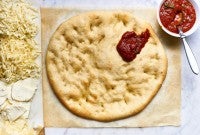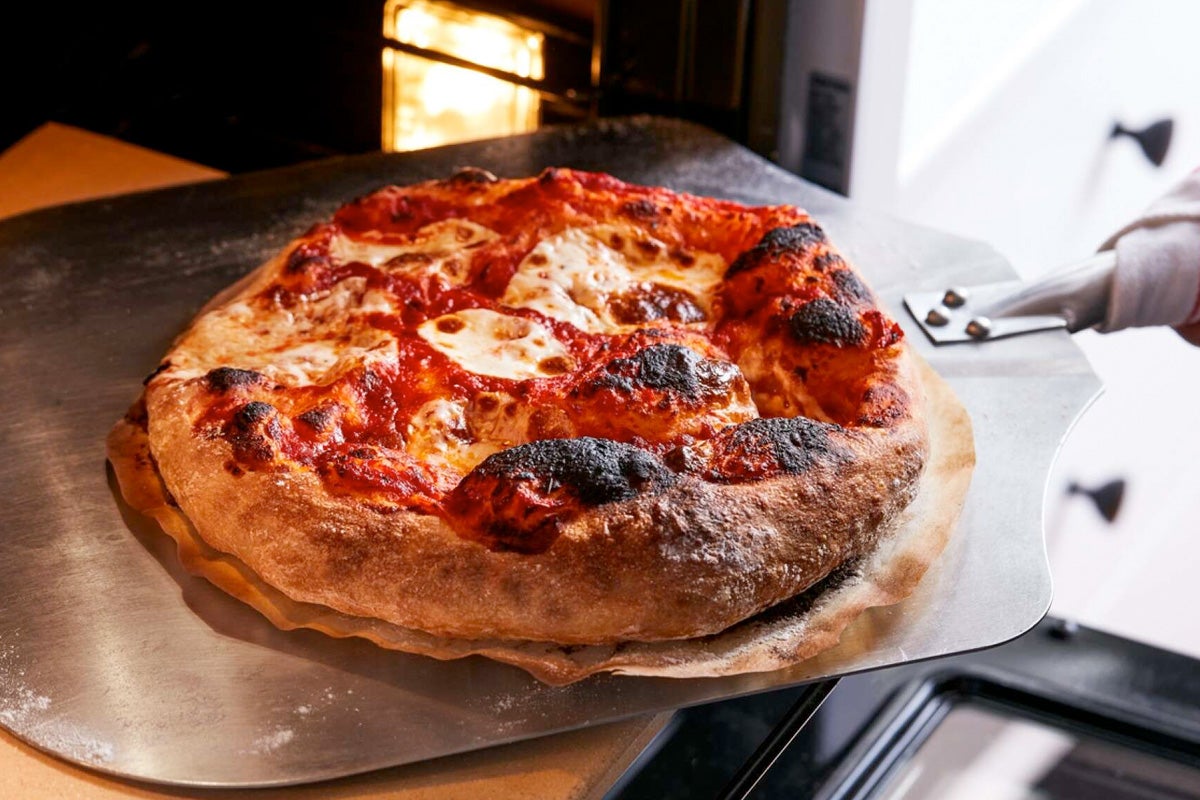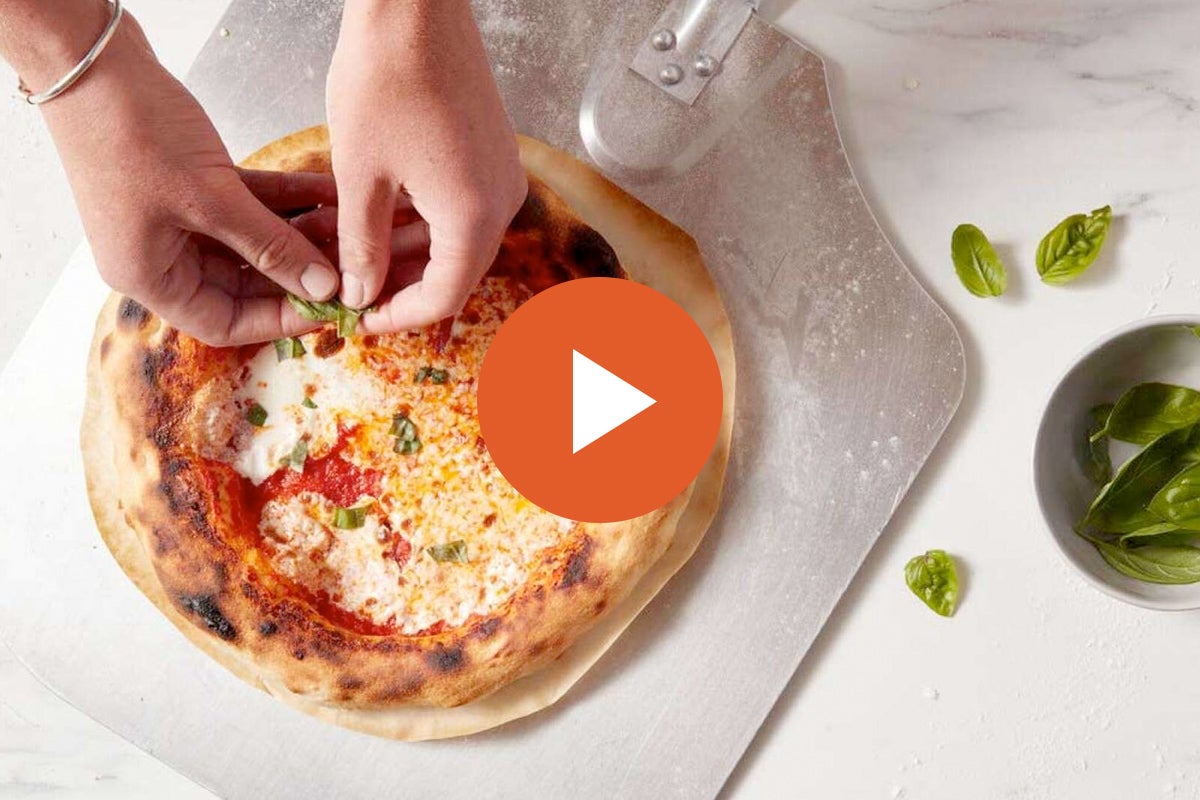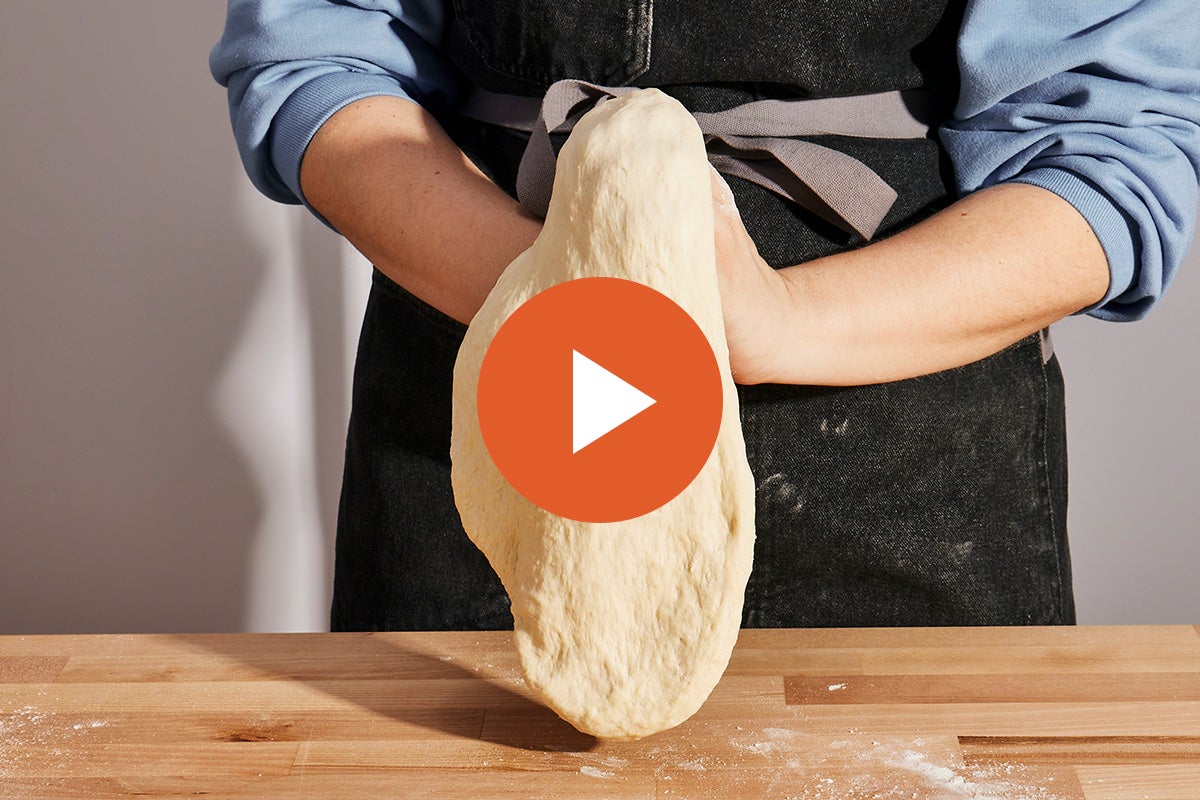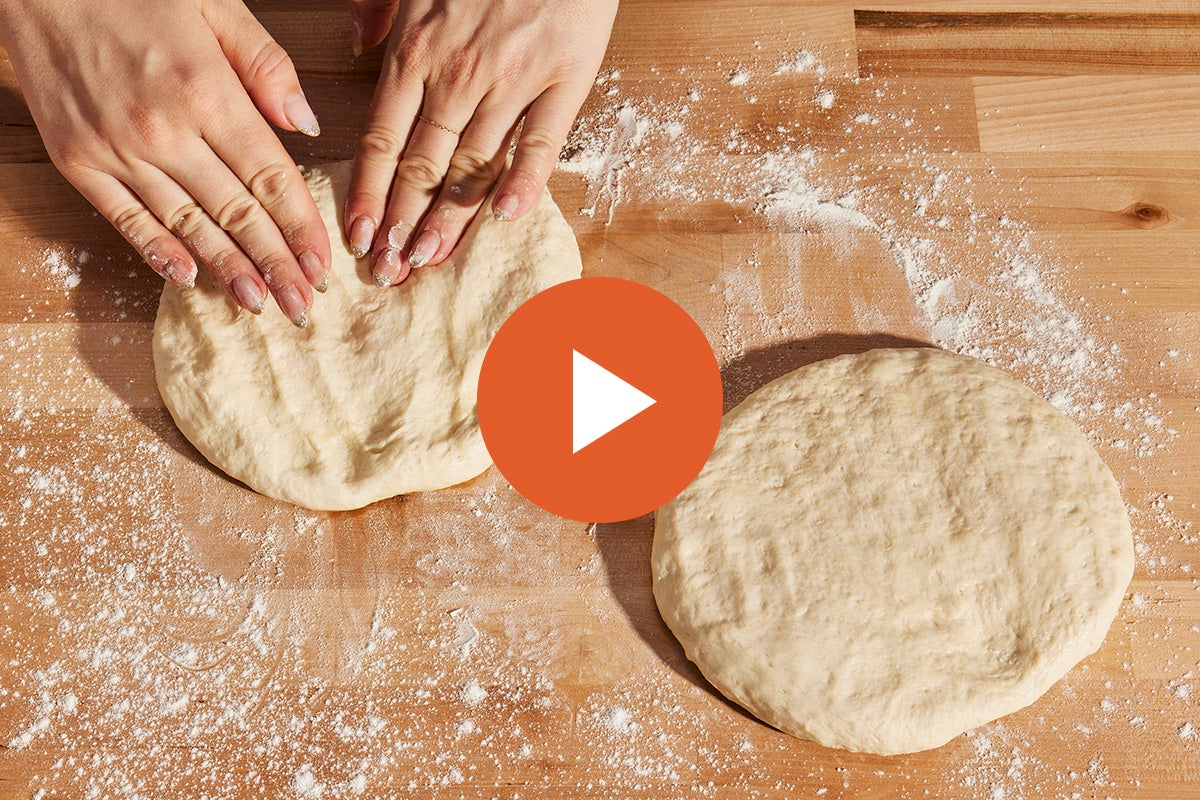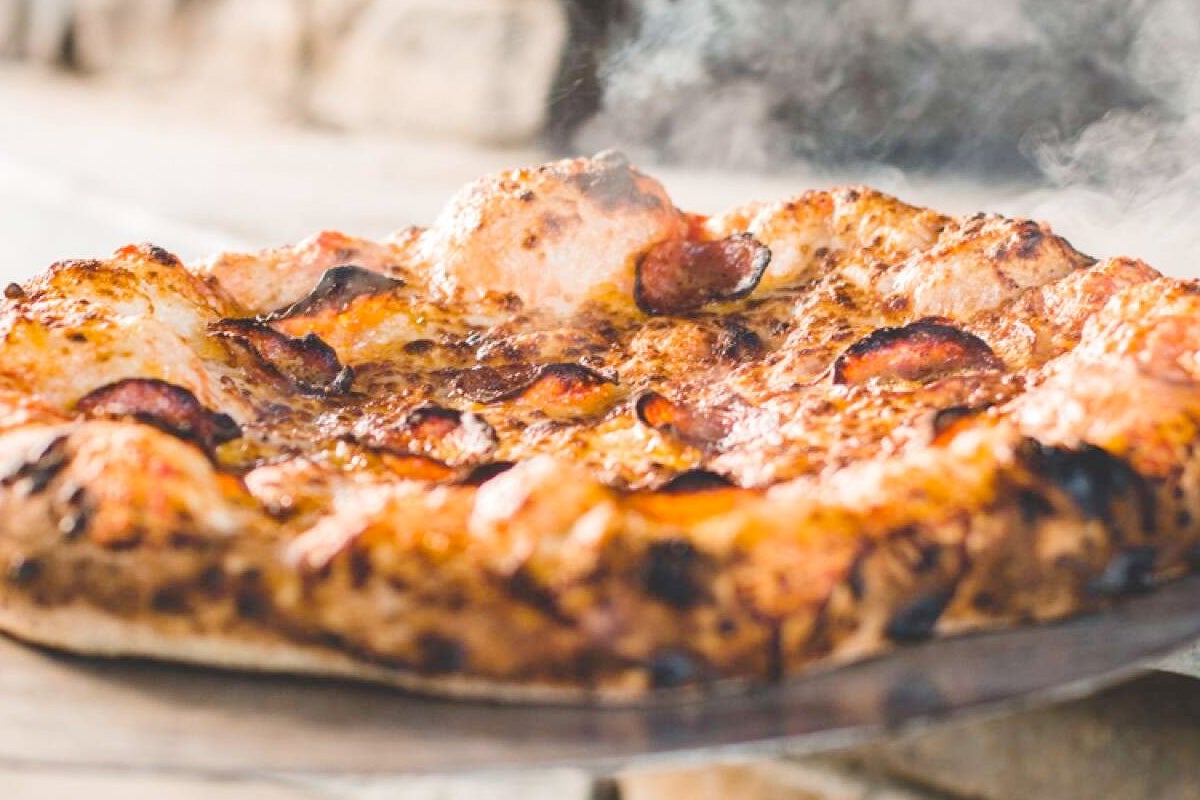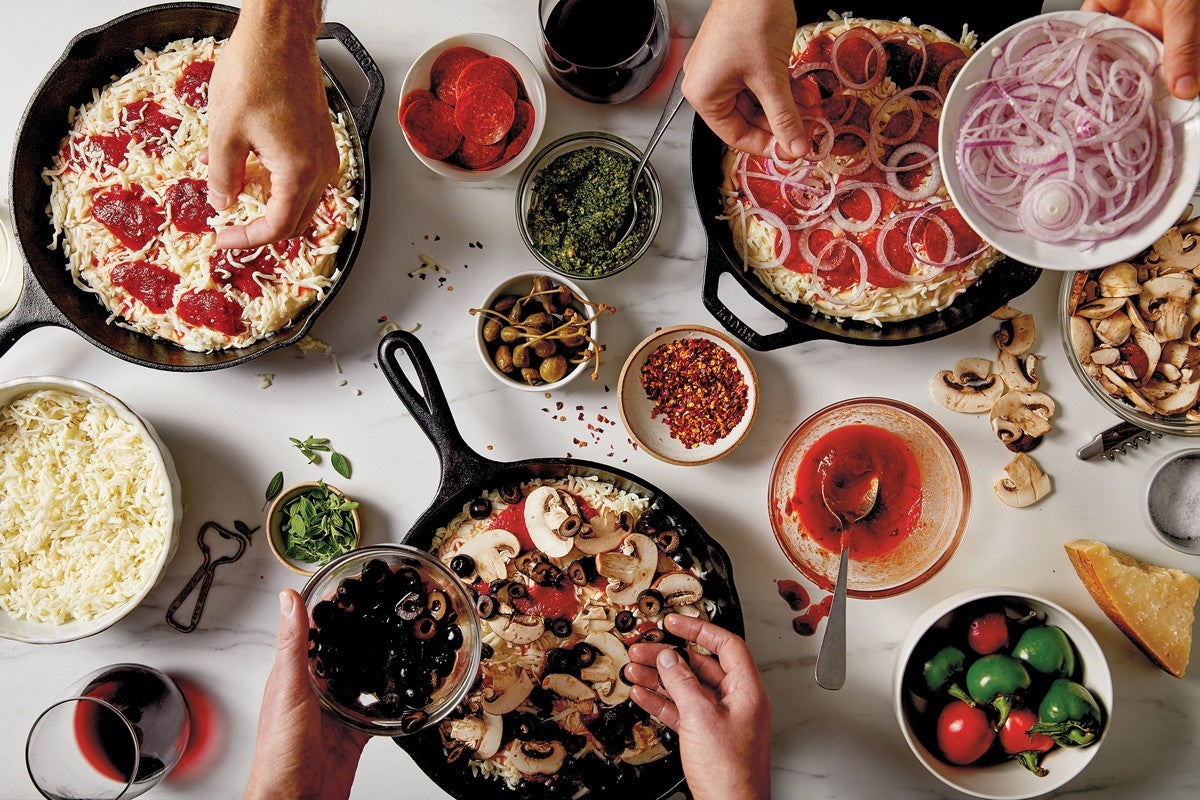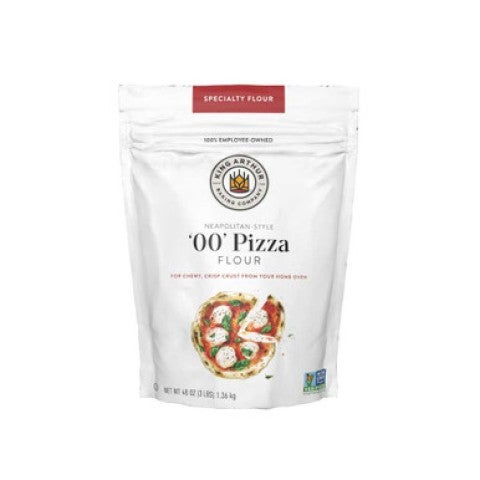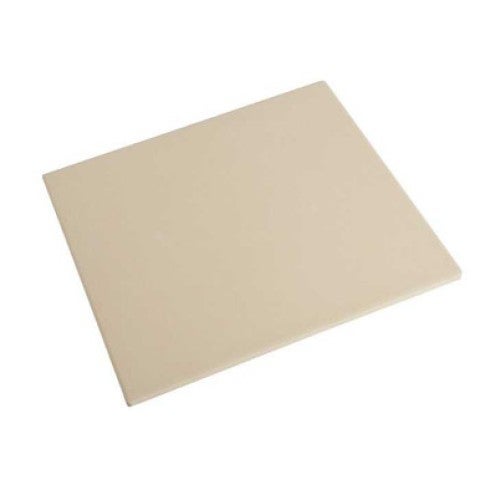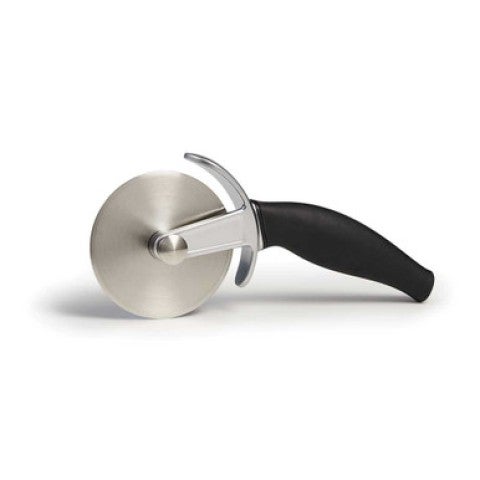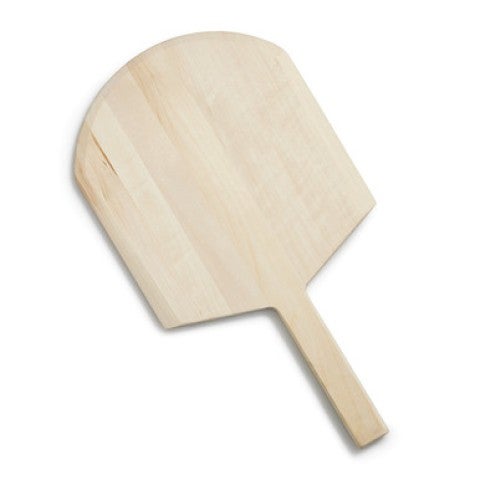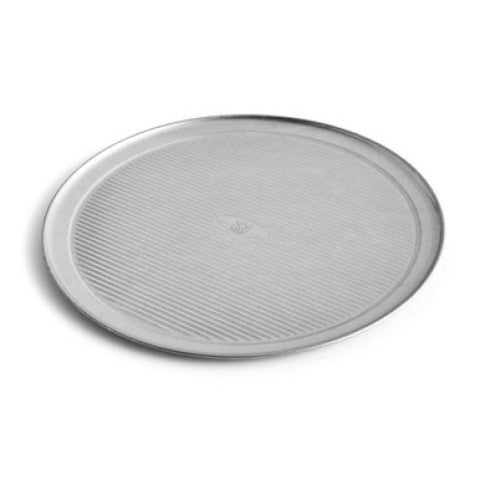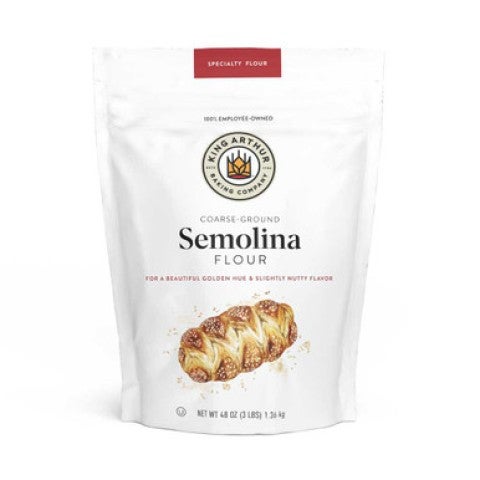
Pizza
Start here
You can make homemade pizza that rivals any pizzeria — you just need the right ingredients, recipes, and techniques. That's where this guide comes in: Below, you'll find everything you need to start making your best pies yet. Your weekly pizza night is about to get a major upgrade.
Recipes to start with

The Easiest Pizza You'll Ever Make
Ready in just two hours, this simple pizza crust uses basic ingredients and straightforward techniques. It'll fit into your regular pizza night rotation for hot, homemade pizza whenever you want it.
Get the recipe
Artisan No-Knead Pizza Crust
Instead of kneading, this recipe relies on time to create a silky smooth dough that bakes up into a crispy, chewy artisan-style pizza. The pizza's outer edge is light and puffy, while its center is thin yet sturdy — all thanks to the strength of high-protein bread flour.
Get the recipeFrequently asked questions
Why can’t I make a round pizza?
Round pizza starts with round dough — if you start with a round ball of dough, all you have to do is maintain that shape. Preshape your pizza dough by loosely forming it into a round and letting it rest 10 to 15 minutes before shaping. Then, use your hands (not a rolling pin!) to gently push the dough out from the center; don't pull it. Finally, finish shaping by placing the circle of dough on the back of your knuckles and gently rotating it, letting gravity do the work for you to stretch it. And once you've formed your pizza into a perfect round, load it correctly by preparing your peel with parchment or semolina to prevent sticking. Read more.
How can I get a crispy pizza crust?
Bake on the right surface! Use a baking steel or baking stone if you have one to deliver a concentrated blast of heat to the underside of your pizza. If you don't have one, try a preheated metal sheet pan. You can also parbake your un-topped pizza crust for several minutes — just until it’s pale and matte, with some very slight browning at the edges. Then remove from the oven, add toppings, and return the pizza to the oven to finish baking. Read more.
My pizza dough keeps shrinking back when I shape it. What should I do?
Actions like kneading, folding, and shaping all strengthen pizza dough's gluten network, and sometimes it can be so strong that the dough becomes resistant to stretching. If you start to stretch your pizza dough and it fights back, the simplest solution is to exercise patience. Walk away and let the dough rest for 15 minutes, and even longer if necessary. This breather allows the tight gluten strands to relax and settle into their new shape, making them more accommodating when you return and begin to stretch the pizza dough out once more. Read more.
How do I make homemade frozen pizza?
The easiest way to make homemade frozen pizza is to par-bake the crust — in other words, bake just until set, not browned. Then assemble the crust with the rest of the toppings, wrap tightly, and freeze. Homemade frozen pizza will last about a month; bake straight from the freezer, adding extra time as necessary until the pizza is fully baked through. Read more.
Do I need a baking steel or stone to make great pizza?
While baking your pizza on a steel or stone is recommended to achieve a well-baked, crispy bottom and a puffy outer crust, you can still make good pizza without it. If you don’t have a baking steel or stone, you can bake your pizza on a preheated metal half-sheet pan. By preheating, the pan absorbs heat, allowing it to deliver it to the bottom of your pizza when the dough is placed on top. Read more.
My pizza always sticks and folds in on itself when I try to load it into the oven. What am I doing wrong?
Loading pizza in the oven can be tricky, but with the proper prep and technique, you can avoid disaster. First, make sure you prep your pizza peel (or a substitute, such as the back of a baking sheet) with parchment paper or a light dusting of semolina flour or cornmeal to prevent sticking. Once your pizza is built and ready to load, embrace the jiggle: a motion, like a shimmy, that ensures the pizza is floating unattached on the peel. If the pizza doesn’t free itself and move independently of the peel, stop and fix it.
Lastly, load your pizza with confidence. Proceed to the oven and place the point of the peel where you want the pizza to land on the baking surface. Physically place the peel on the steel, stone, or masonry hearth of the oven at a downward angle. The pie will slide down the ramp of the peel as you jiggle continuously, slowly scooting the peel backward out of the oven and depositing the pie in the process. Read more.
Which flour is best for pizza?
It all depends on the style of pizza you want! The recipe you choose will call for a specific flour, one geared toward the style of pizza. In general, for a classic pizza crust, all-purpose flour is a good bet. For thick, chewy pan pizzas, bread flour provides the strength and supports a high-hydration dough, yielding a pie with an open crumb and lofty height. And for Neapolitan-style pizza, we recommend '00' pizza flour: It's a finely milled flour made from both hard and soft wheat. The hard wheat gives the dough strength, so it can be stretched thin without tearing, while the soft wheat provides extra starch, which gives the dough the perfect crisp (but not hard!) crunch and makes it easier to stretch. This flour is also milled to the same standards as Italian pizza flour. Read more.
How do I clean my pizza stone?
First, know that some patina and staining is normal. Pizza stones will darken and take on varied tones as they season with every bake. As long as any patches of discoloration aren’t sticky or rough, you can leave them be. But for stuck-on gunk, which might smoke or cause a burning smell the next time you bake, some attention is warranted. To clean a pizza stone, first make sure that it’s completely cool. (Leaving it in the turned-off oven for a few hours or overnight will do the trick!) Once it's cool, gently scrape off any stuck-on food or residue using a wooden or plastic scraper. Avoid using water to clean pizza stones and never submerge them, as the porous material can absorb water and cause the stone to crack in the oven if not fully dried. Instead, use a dry cloth or a paper towel to wipe away loose debris. Read more.
What's the best way to reheat pizza?
We recommend reheating pizza on teh stovetop. Set a slice or two in a cold skillet (nonstick or cast iron are best) and place a lid on top. Turn on the heat to medium-low and let it cook until you hear the sizzle of melting cheese, which should take 6 to 10 minutes. Lift the lid and check your progress — when the cheese is bubbling on top and the crust is crisp on the bottom, you’re ready to enjoy your leftovers. If you have a lot of pizza slices to reheat, you can use the same method with a griddle, covering the slices with an overturned metal baking pan. Read more.
Expert advice
d82f.jpg?itok=zlAZBmii)

